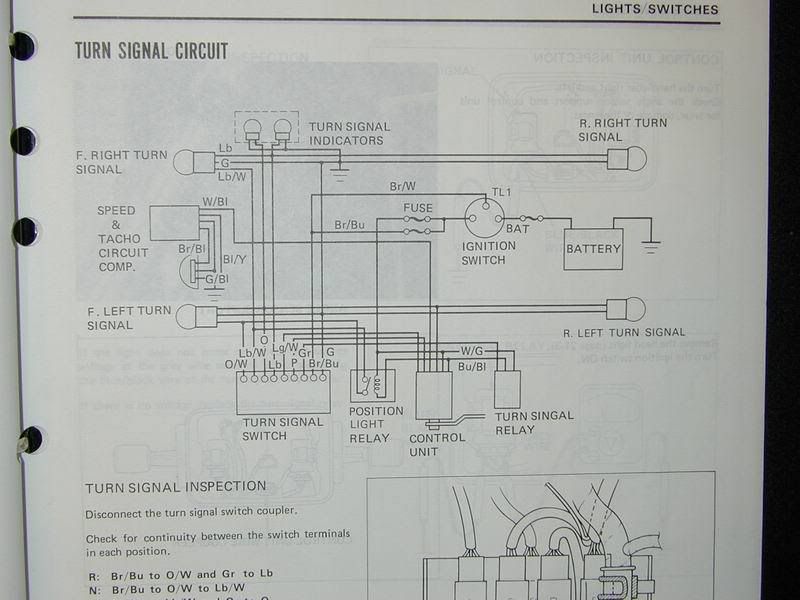Here is an additional info from them related to the question of function and installation:
Thank you for your e-mail. You can check the draft of installation instructions here: https://www.safer-turn.com/2016/03/we-believe-in-safety-and-simplicity/. Basicly you are conecting the device to left and right turn signal cable, flasher, voltage supply and ground (GND). Than you will have to modify your switch by inserting two pieces of foam. Everything can be put back to previous condition. You will receive exact instructions for your brand and model with STS device. Device works based on movement sensors, you can check videos here: https://www.safer-turn.com/2016/03/testing-rides-update/.
It is "nice to have" feature and if will work and will be reliable I am OK to pay full price later for Plug&Play feature. But not today.
Thank you for your e-mail. You can check the draft of installation instructions here: https://www.safer-turn.com/2016/03/we-believe-in-safety-and-simplicity/. Basicly you are conecting the device to left and right turn signal cable, flasher, voltage supply and ground (GND). Than you will have to modify your switch by inserting two pieces of foam. Everything can be put back to previous condition. You will receive exact instructions for your brand and model with STS device. Device works based on movement sensors, you can check videos here: https://www.safer-turn.com/2016/03/testing-rides-update/.
It is "nice to have" feature and if will work and will be reliable I am OK to pay full price later for Plug&Play feature. But not today.
Last edited by a moderator:




